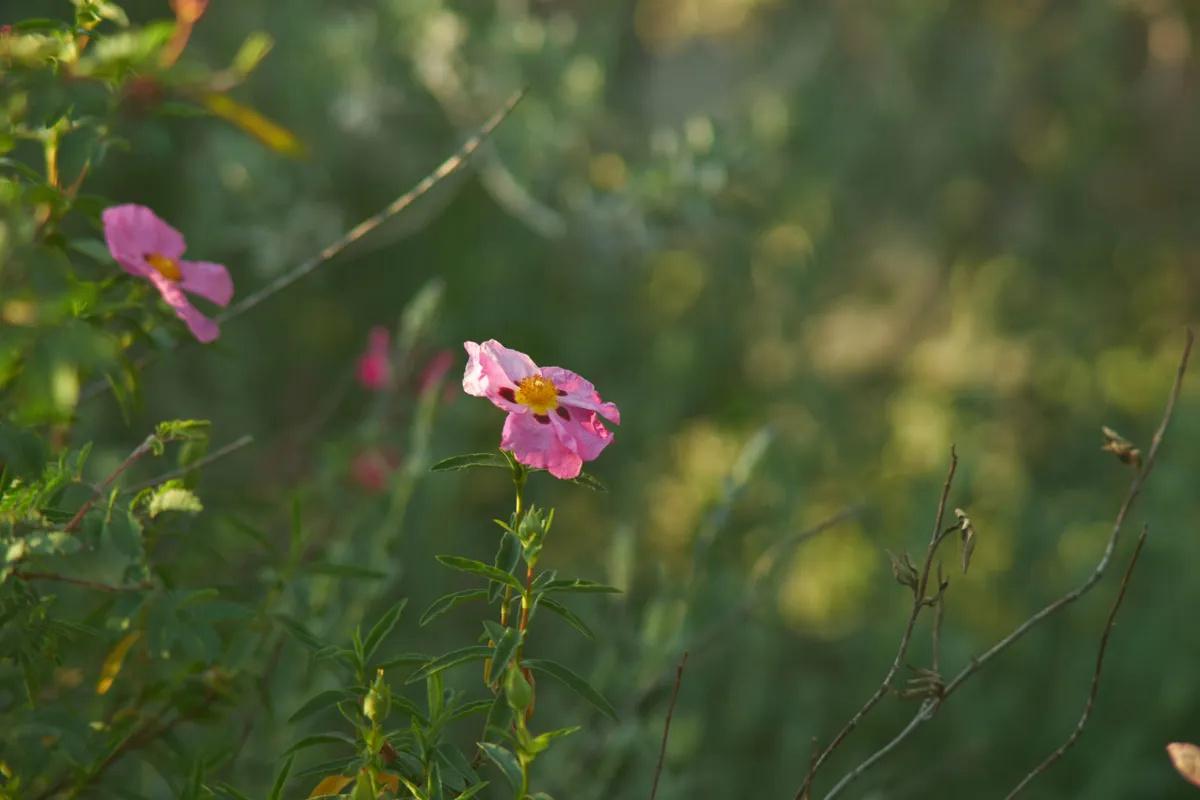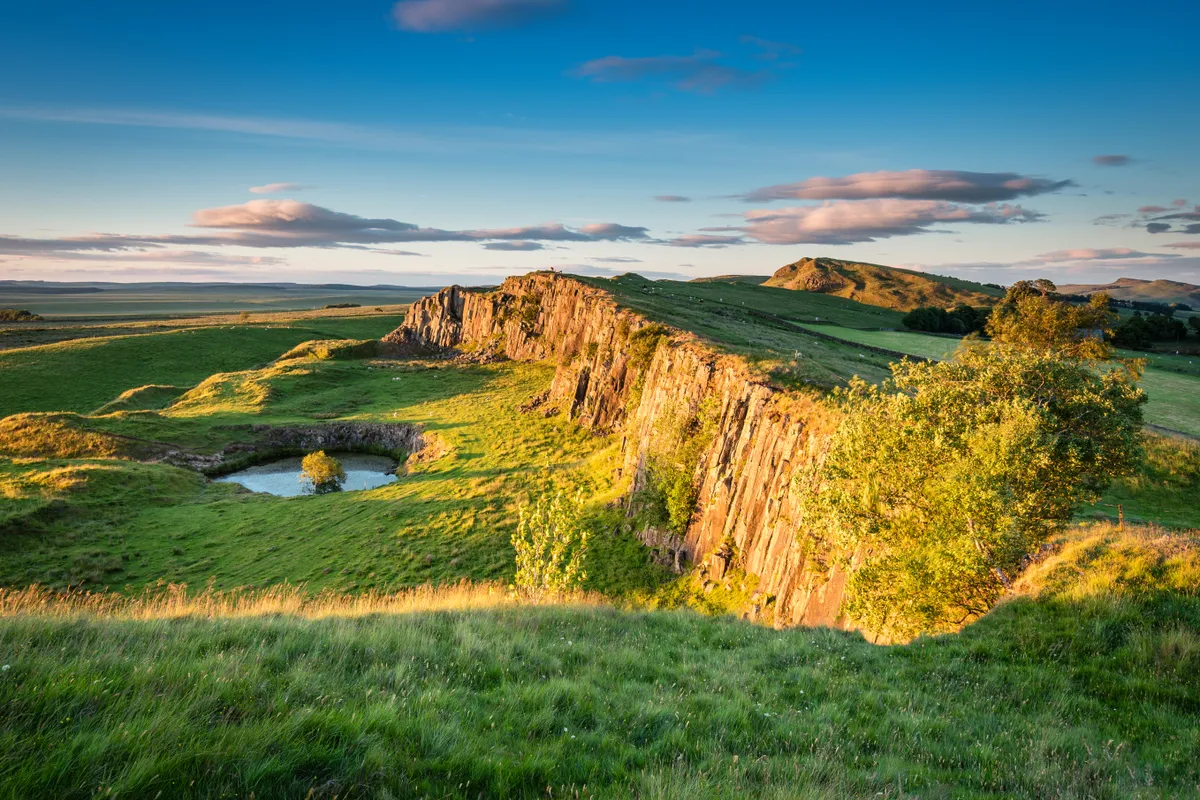The name is not the only thing that reflects the Sill National Landscape Discovery Centre’s wild surroundings. As you ascend the roof’s gentle slope, you realise that the impressive architecture is inspired directly by the landscape itself.
The ground to the north rises at a similar gradient before plunging over the precipice of the Great Whin Sill, a volcanic extrusion that broke through the limestone and sandstone bedrock some 295 million years ago. The centre’s living roof is a miniature hay meadow composed of whinstone soils seeded with flowers of the locality, such as maiden pink, biting stonecrop, trefoils and rockrose.

Open house
Situated at the southern limit of the Northumberland National Park, the building opened in 2017, replacing the earlier visitor centre and youth hostel. Its spacious interior houses an exhibition illustrating the geology, history and wildlife of the national park, with short video displays about the working environment and commentaries by an ecologist, gamekeeper and upland farmer. A shop and 86-bed youth hostel open on to the ground floor, with an excellent restaurant upstairs. Solar panels supply much of the energy and the entire site is accessible by wheelchair.
Day of discovery
A 600m walk or drive north leads to Steel Rigg car park, a great starting point for walks along the edge of the Whin Sill. To the east, a 2.5-mile route follows the most spectacular stretch of Hadrian’s Wall as far as Housesteads Roman Fort. This passes Sycamore Gap, and affords views across the glacial loughs of Crag, Greenlee, Broomlee and Grindon. Return to The Sill on footpaths to the north of the wall, or, between Easter and September, on the AD122 bus, named for the date of construction of Hadrian’s Wall.

A walk of similar length to the west, only slightly less impressive, brings you to Cawfields Quarry, a Dark Sky Discovery site, which is an excellent venue for astronomy on winter nights. By following a series of quiet, narrow roads to the south, you can explore, within a distance of three miles, Crindledykes Quarry and lime kiln, Muckle Moss National Nature Reserve and Vindolanda Fort and Museum, one of the most important Roman sites in Britain.

